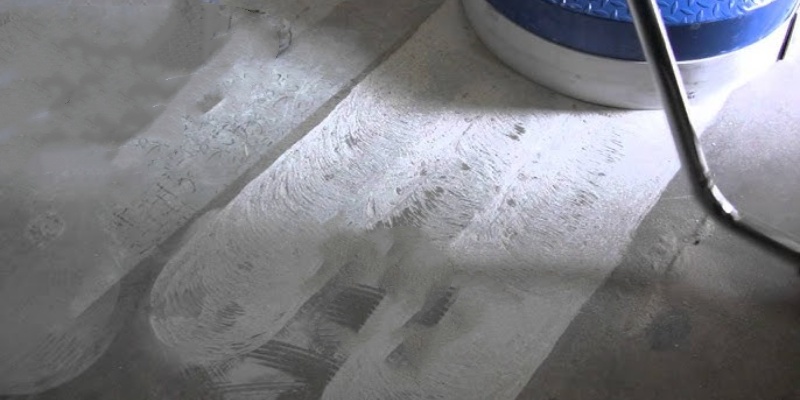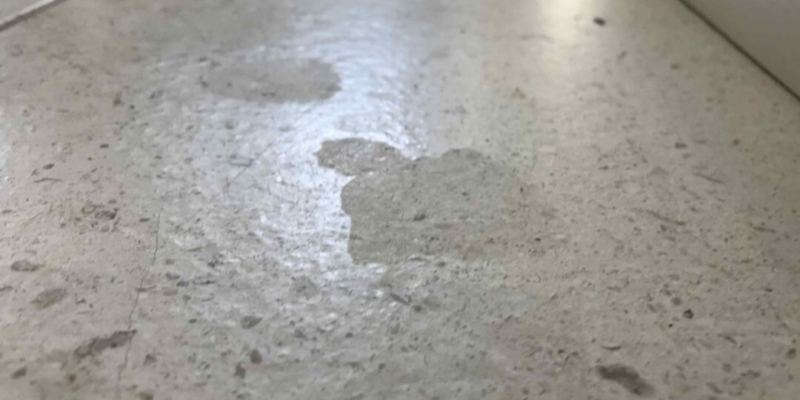Diamond grinding discs have revolutionized the field of diamond grinding tools, providing a superior method for grinding and polishing a wide range of materials. Let's take a historical journey to explore the development of these remarkable tools and how they have transformed various industries.
The real breakthrough in diamond grinding discs came in the 1950s with the advent of synthetic diamonds. Advances in technology made it possible to produce high-quality industrial diamonds using synthetic methods, making them more affordable and accessible for various applications.
To improve grinding efficiency and reduce heat build-up, segmented designs were introduced. These discs featured multiple diamond segments strategically placed on the disc's surface, allowing for even wear and maximizing diamond exposure during grinding.

As diamond grinding technology continued to advance, specialized variations of diamond grinding discs emerged for specific applications. For example, there are discs specifically designed for concrete polishing, terrazzo grinding, stone shaping, and metal grinding, each tailored to deliver optimal results in their respective fields.
In recent years, manufacturers have incorporated advanced technologies such as laser-welded segments, advanced diamond formulations, and engineered patterns to enhance performance, durability, and precision. These innovations have further expanded the capabilities of diamond concrete grinding discs and opened up new possibilities in various industries.
The development of diamond grinding discs has been a remarkable journey, driven by the need for more efficient, precise, and versatile grinding tools. From the use of natural diamonds in ancient times to the emergence of synthetic diamonds and advancements in bonding systems, diamond grinding discs have undergone significant evolution. Today, they are indispensable tools in industries ranging from construction and manufacturing to stone fabrication and surface preparation, offering unbeatable performance and contributing to the progress of modern technology.
